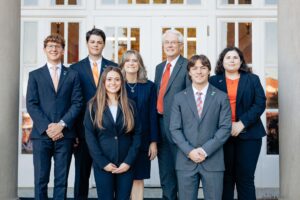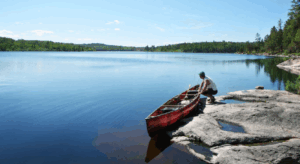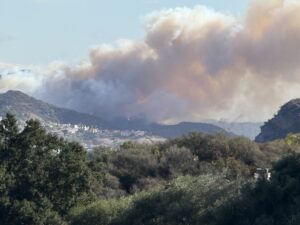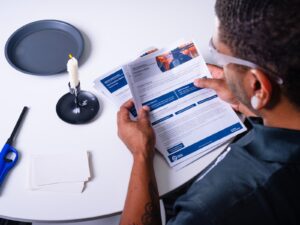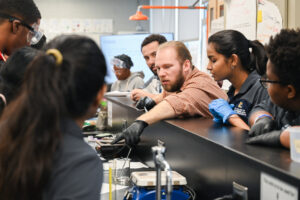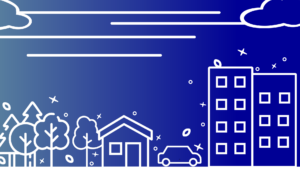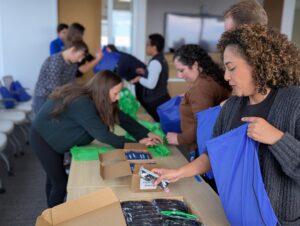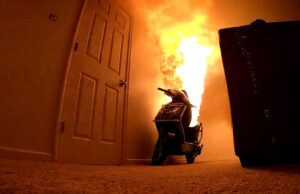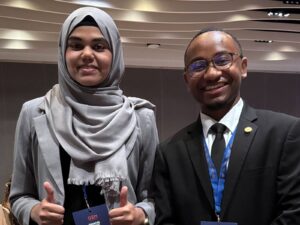Wildfire Aware: Download Resources and Learn Practical Tips for Preparedness and Recovery
In the mountains north of the Pacific Palisades, a devastating wildfire erupted on January 7, 2025, and quickly engulfed neighboring communities in Los Angeles County, California. Fueled by high winds and low humidity, this intense and destructive blaze vividly illustrates the risks associated with the wildland-urban interface (WUI), a condition in which human development encroaches on unoccupied wildland or vegetative fuels. The scientists, engineers, and firefighters at UL Research Institutes investigate WUI hazards and offer practical strategies for protecting communities and reducing health risks before, during, and after a wildfire.
Protecting human health from wildfires
ULRI’s Chemical Insights Research Institute investigates WUI wildfires and their effect on human health and the built environment. To aid public health professionals, community organizations, and residents in preparing for and recovering from wildfire disasters, CIRI shares its website, toolkit, and guidance document containing timely and actionable information.
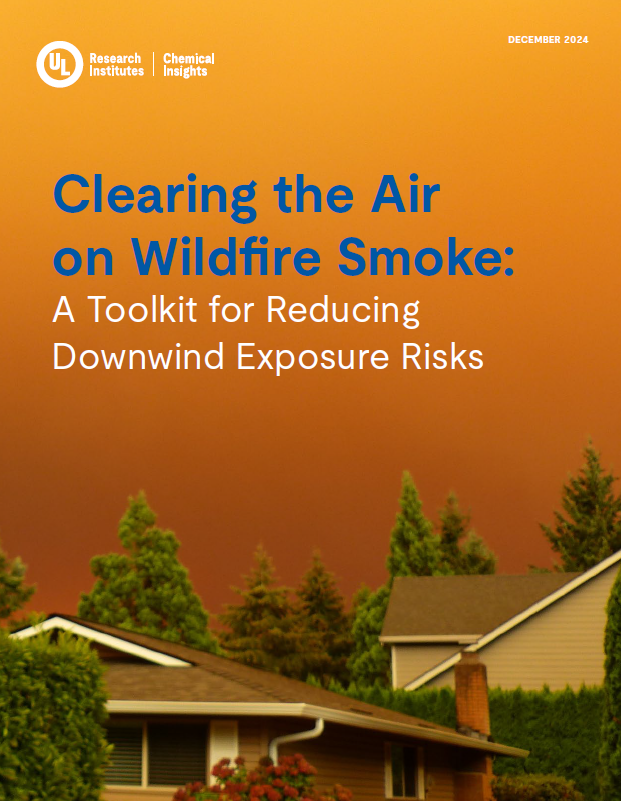
Get the Downwind Toolkit for Wildfire Safety Strategies
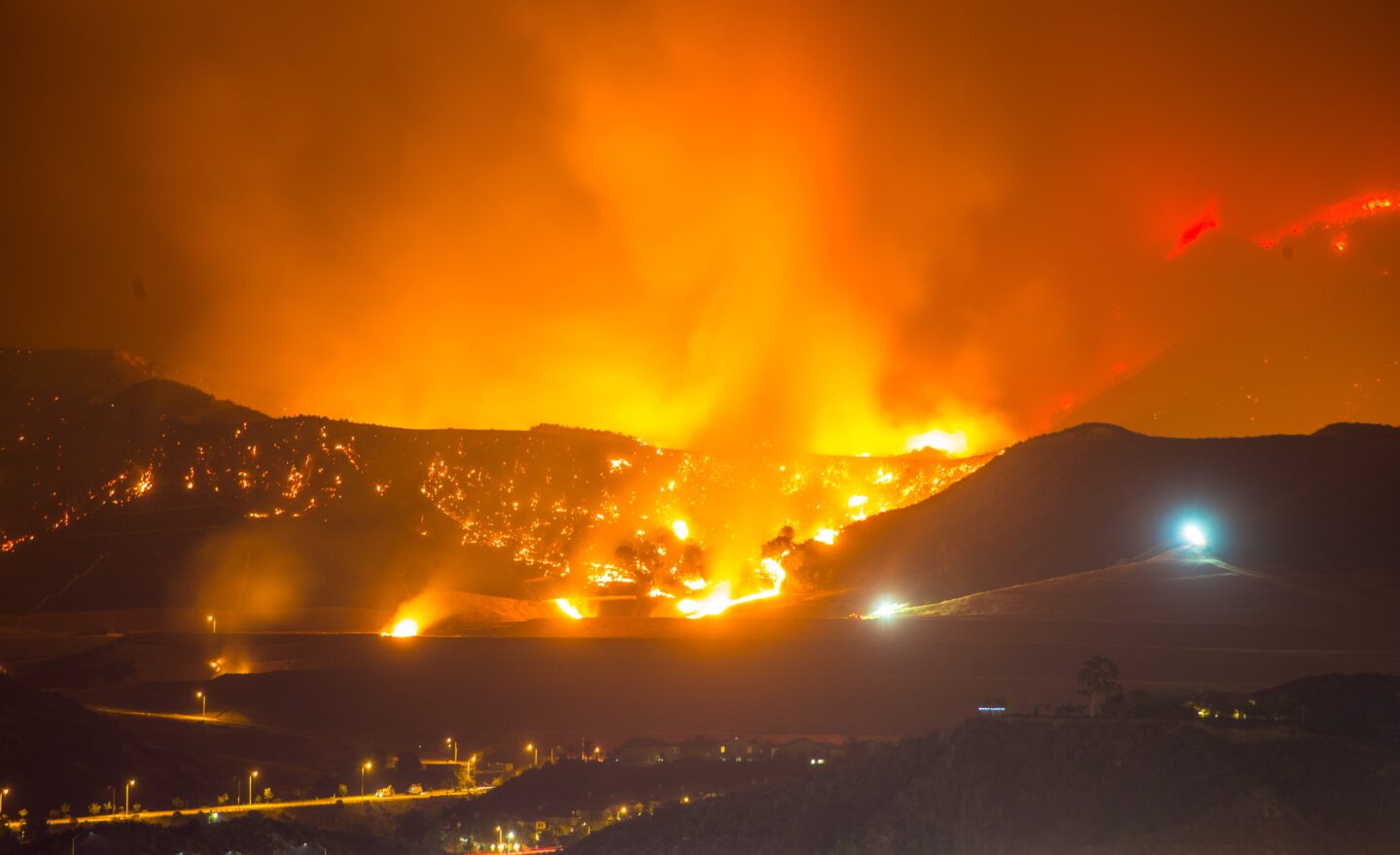
CIRI’s website, “Clear the Air: Wildfires and Human Health,” offers ways to safeguard human health and prepare for the possibility of wildfires in ways that lessen the damage to homes and residents. Visitors can:
- Explore ready-to-use resources such as a Downwind Toolkit.
- Watch videos on understanding WUI fires and what fuels them.
- Print educational handouts on how to clean indoor air while wildfire smoke infiltrates a home.
- Learn how to make a DIY air cleaner to improve indoor air quality and help prevent contaminated air from triggering respiratory distress.
- Discover how to effectively clean settled dust that can remain far after the sky has cleared. This hazardous mixture of particulate matter, dust, and ash can infiltrate buildings and present a potential human health risk.
For more information, visit the site at www.wildfirehealthrisks.org
Firefighting at the wildland-urban interface
ULRI’s Fire Safety Research Institute is also dedicated to researching wildfire risk and preparedness at the wildland-urban interface and identifying effective mitigation and firefighting strategies. FSRI shares its fire safety insights in several reports and journal articles to reduce the impact of wildfires on human health and property.
Maui wildfire analysis
FSRI investigated the Lahaina wildfire in Maui, Hawaii, and released three publicly available reports outlining the timeline and analysis of this 2023 WUI disaster.
Heat transfer
FSRI studies the process through which heat transfer from structure fires in WUI communities can ignite adjacent structures in the article Window Pane Failure During Exterior Fire Exposure.
Post-fire water contamination
In the pilot study on fire effluent condensate from full scale residential fires, FSRI examines post-fire water runoff and smoke condensate samples from the 2017 Tubbs Fire and the 2018 Camp Fire — both of which took place in California — to identify volatile organic compounds (VOCs) in support of the research project, Examining Post-Fire Water Contamination in the Wildland Urban Interface.
Firebrand ignition of building materials
Firebrands, widely recognized as a key contributor in the propagation of wildland fires, are small, often smoldering embers which break off from vegetative or structural materials during wildland fires and can loft up to several kilometers ahead of the main fire front, igniting new spot fires. They have been found to be responsible for a large fraction of structure losses in the wildland-urban interface (WUI) by increasing the rate of fire spread, via direct ignition of structures, or by contributing to structure-to-structure fire spread.
FSRI studies firebrand ignition of building materials in its article Ignition and Combustion Behavior of Pressure Treated Wood and Wood-Plastic Composite Exposed to Glowing Firebrand Piles: Impact of Air Flow Velocity, Firebrand Coverage Density and Pile Orientation.
ULRI is committed to sharing science-based insights that enable people, professionals, and leaders to make informed fire-safe decisions that ultimately save lives and property in WUI communities.
